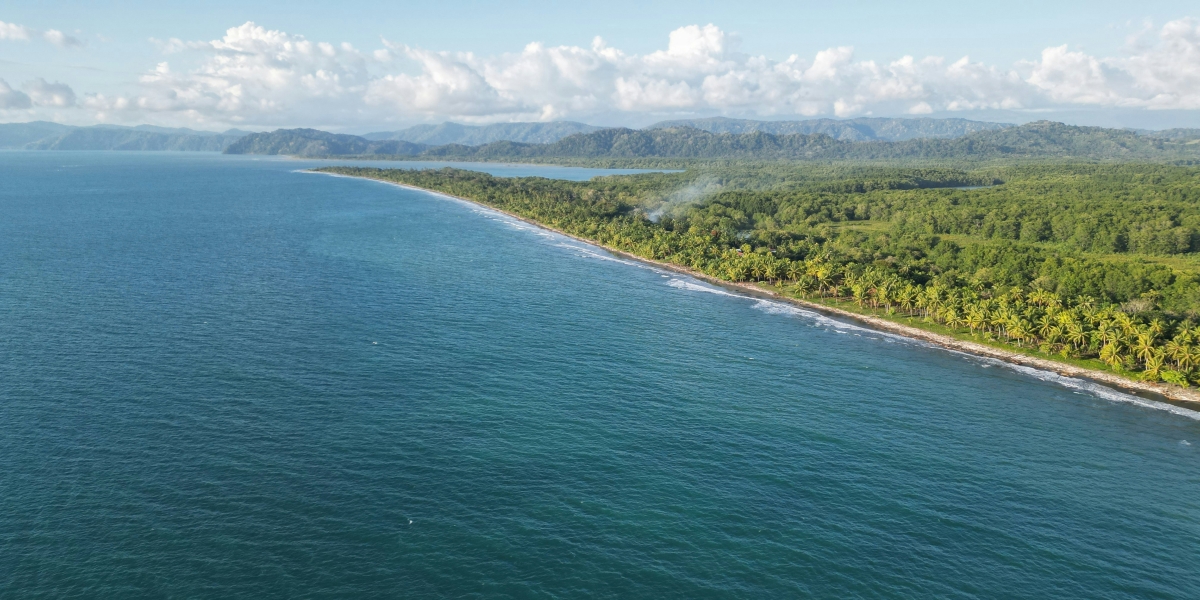Lunar Exploration Milestone: Luna 2’s Impact
On September 13, 1959, the moon witnessed a historic moment when the Soviet Union’s Luna 2 probe crash-landed on its surface, becoming the first human-made object to touch this celestial body located over 200,000 miles away. The impact not only created a crater between the lunar regions of Mare Imbrium and Mare Serenitatis but also marked the initiation of humanity’s exploration of the moon. Recently, scientists propose that this event signifies the commencement of a new geological epoch, termed the “Lunar Anthropocene,” echoing discussions about the impact of human activities on Earth.
The Lunar Anthropocene: A Reflection of Human Influence
Similar to the ongoing discourse on Earth’s Anthropocene, where humans have significantly impacted the planet, the Lunar Anthropocene explores the extent of human influence on the moon. Justin Holcomb, the lead author of a comment paper published in the journal Nature Geoscience, compares the lunar discussion to Earth’s Anthropocene, emphasizing the need to acknowledge the impact of human exploration on the moon.
Humanity’s Lunar Footprint: Leave No Trace Challenges
Contrary to the “Leave No Trace” principle often followed in natural environments on Earth, the moon is now scattered with traces of exploration. Since Luna 2’s landing, more than a hundred spacecraft have crashed or landed on the moon, causing surface disturbances in at least 58 additional locations. The Cold War space race initiated lunar missions, with NASA’s Apollo program achieving the first human landing on the moon in 1969. However, this success brought about a plethora of objects, including scientific equipment, flags, photographs, and unconventional items like golf balls and human excrement.
Lunar Anthropocene’s Unintended Consequences
As humans ventured beyond Earth, their impact on the moon’s environment became evident. The disturbance of lunar regolith, the delicate exosphere, and permanently shadowed areas with dust, gas, and ice raises concerns about the unintended consequences of continued lunar exploration. The concept of the Lunar Anthropocene aims to highlight the changing lunar landscape and initiate discussions on mitigating detrimental effects on the moon’s environment.
Lunar Exploration Frenzy: Challenges and Opportunities
In the current era, a new space race is unfolding, with multiple countries planning robotic and crewed missions to explore challenging lunar regions. Missions from India, Japan, and private entities reflect a renewed interest in lunar exploration. NASA’s Artemis program, scheduled to return humans to the lunar surface in 2026, envisions establishing a sustained human presence on the moon, posing challenges for preserving the moon’s archaeological record.
Protecting Lunar Heritage: The Call for Recognition
Humanity’s traces on the moon, considered artifacts, present a unique challenge for preservation. The authors advocate for recognizing the Lunar Anthropocene to raise awareness about human impact on the lunar surface and its implications for preserving historical artifacts. Justin Holcomb stresses the importance of viewing footprints on the moon as part of humanity’s evolutionary journey and calls for the protection of lunar material as valuable resources.
The Future of Lunar Exploration: Navigating Challenges
As lunar exploration evolves, discussions about the Lunar Anthropocene become crucial for addressing the challenges posed by multiple nations’ presence on the moon. The authors assert that understanding and acknowledging human impact on the moon is essential for responsible exploration and the preservation of lunar heritage.
In summary, the proposal of the “Lunar Anthropocene” signifies a paradigm shift in perceiving the moon’s natural history, urging stakeholders to consider the implications of human activities on this celestial body and take proactive measures to ensure responsible lunar exploration.







